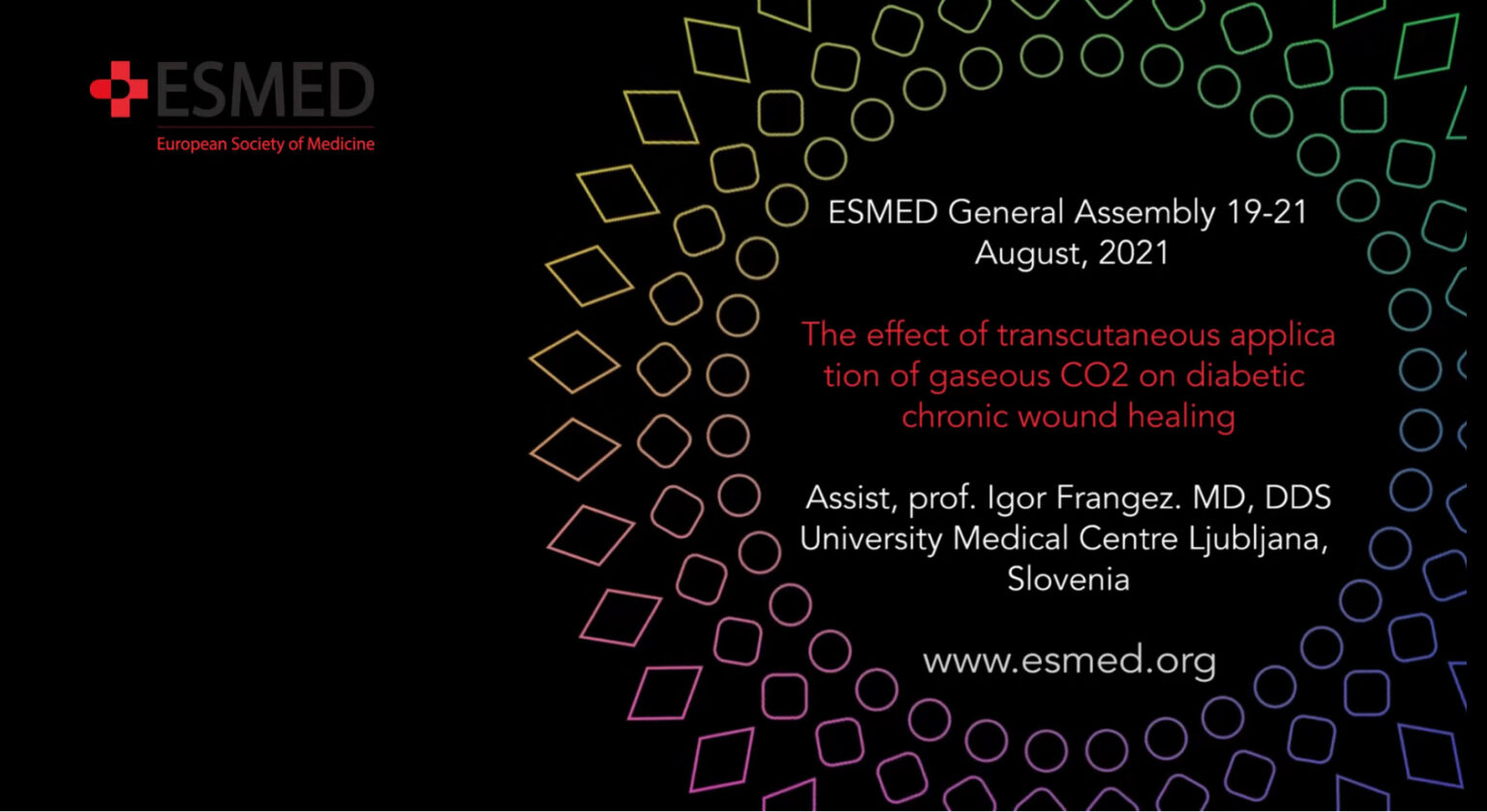Radiology
Radiographic assessment of findings in the maxillary sinus using cone-beam computed tomography
Ilze Dobele
The maxillary sinus due to anatomical relationship is closely related to dentistry in terms of odontogenic sinusitis, sinus lift surgery. Therefore it is crucial to analyse radiologic findings and those correlations with … clinical and endoscopic signs rhinosinusitis. The CBCT is informative method in evaluation of paranasal sinuses and dental status, with less radiation dose in comparison with the combination of dental X-ray and CT And OPG. The Lund-Mackay sinus evaluation system and patient dividing is risk groups before the preprosthetic dental surgery is advocated. The patient involvement in health managing processes and interdisciplinary teamwork are mandatory for the successful treatment.
Radiology an Incomplete Picture
John Hamer
Noninvasive, noncontact, camera-based, diffuse speckle imaging of cerebral hemodynamics and connectome
Lei Chen
Noninvasive, noncontact, camera-based, diffuse speckle imaging of cerebral hemodynamics and connectomeL. Chen*, M. Mohtasebi, C. Huang, S. Mazdeyasna, X. Liu, K. Saatman, G. Yu (*: invited speaker)…
We adapted and tested an innovative noncontact speckle contrast diffuse correlation tomography (scDCT) system for 3D imaging of cerebral blood flow (CBF) variations in perinatal disease models utilizing neonatal piglets, which closely resemble human neonates. CBF variations were concurrently measured by the scDCT during global ischemia, intraventricular hemorrhage, and asphyxia. Moreover, CBF variations are associated reasonably with vital pathophysiological changes. scDCT also generates 3D images of CBF distributions at prescribed depths within the head, thus enabling specific determination of regional cerebral ischemia. As a pilot study, we have performed scDCT on 2 preterm babies of different conditions or undergoing indomethacin treatments. We also developed the algorithms of brain connectome mapping based on imaging analysis. Therefore, we provide a noninvasive imaging tool for both basic neuroscience research in laboratories and clinical applications in neonatal intensive care units.

